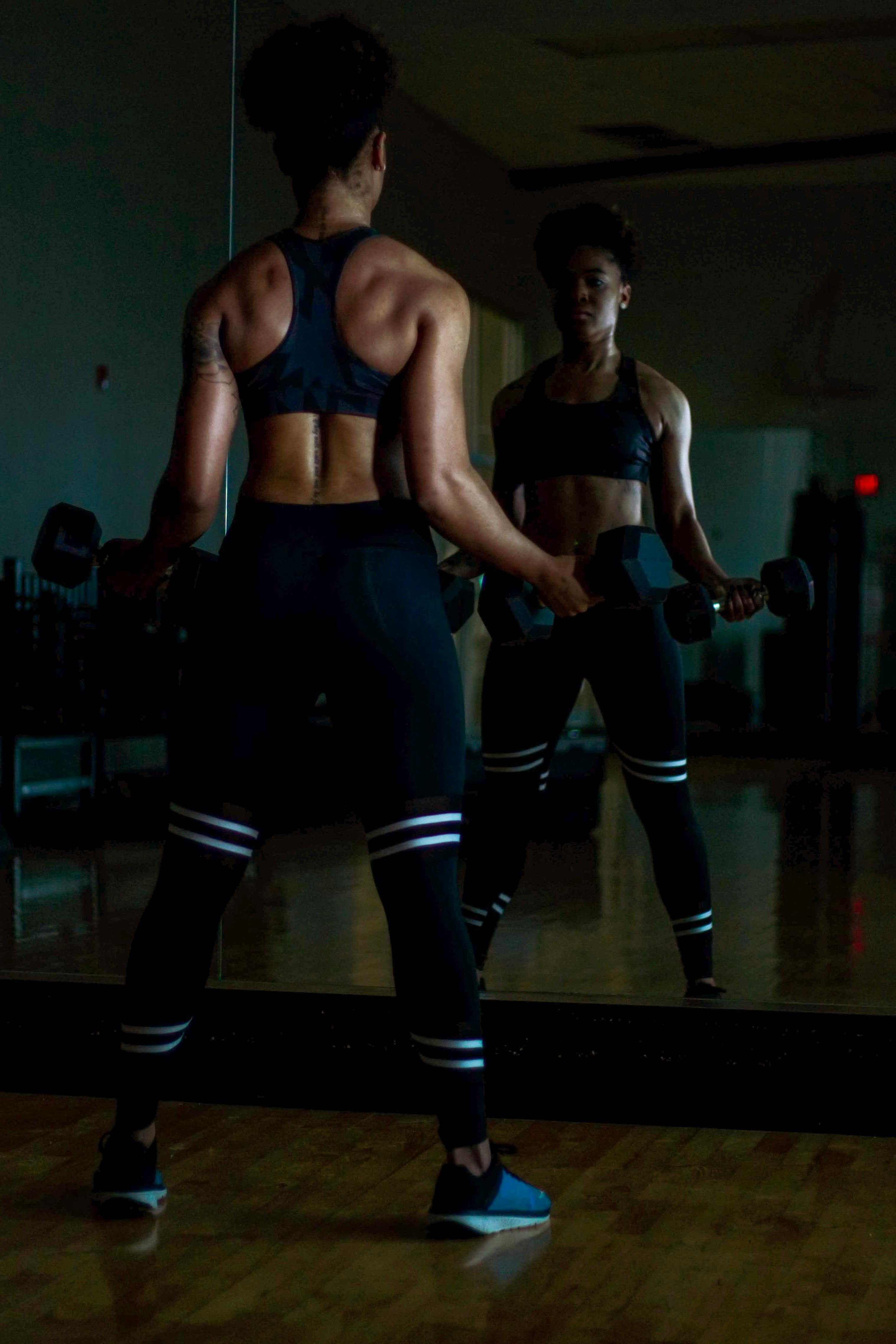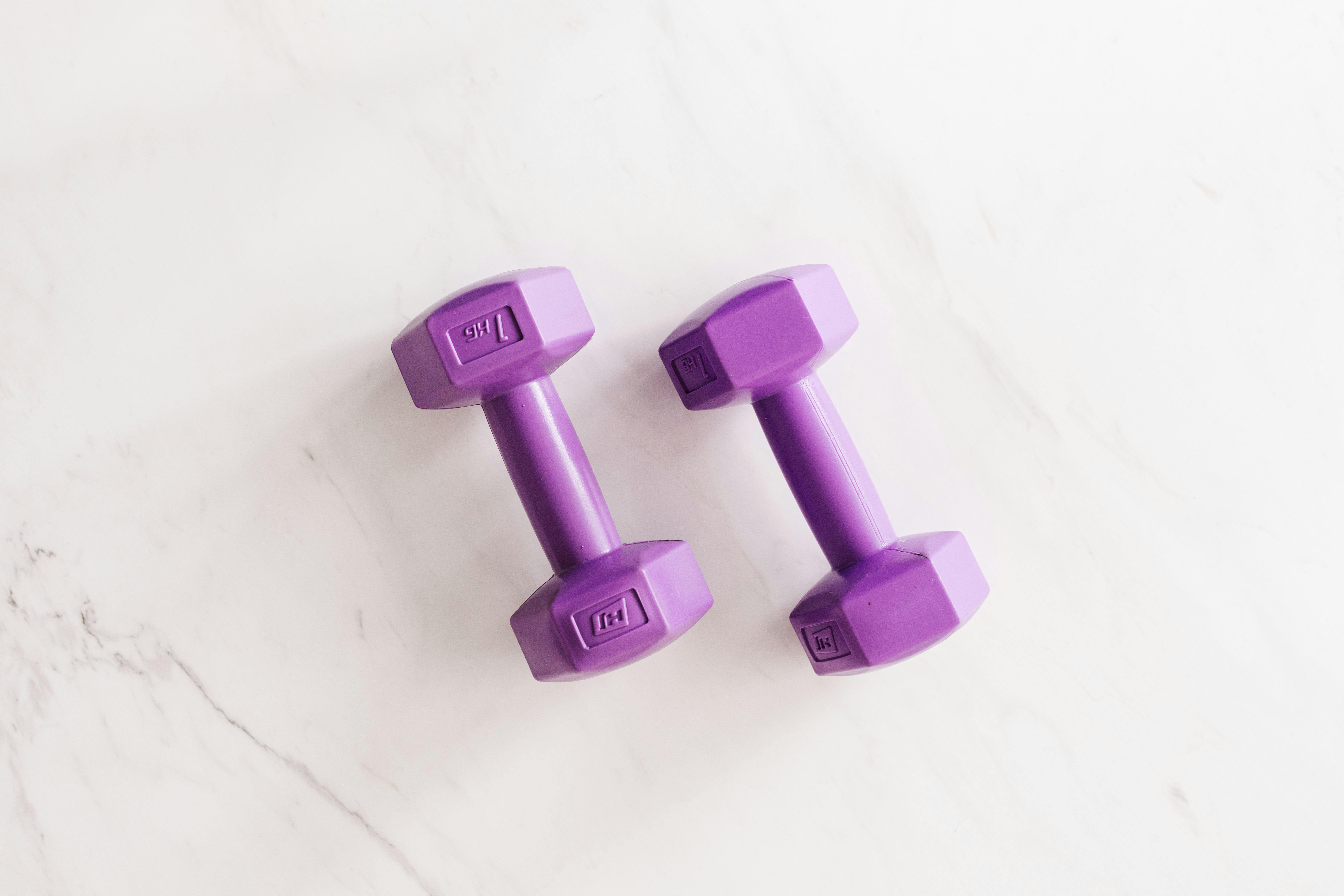How To Use Squat Machine At Gym
Imagine you’re at the gym, ready to use a cool new machine called the squat machine. It may look a little intimidating, but fear not! I will show you exactly how to set it up and use it. This machine is great for working out your legs and making them strong. So let’s get started and learn how to use the squat machine at the gym!

Setting Up the Squat Machine
Adjusting the Seat Position
To start using the squat machine at the gym, you’ll first need to adjust the seat position. Make sure the seat is at a height that allows your knees to be at a 90-degree angle when you’re sitting on it. This will ensure that you’re in the proper position for the exercise.
Adjusting the Foot Plate
Next, adjust the foot plate. Place your feet shoulder-width apart on the foot plate and make sure your toes are pointing forward. You can use the foot plate adjustment lever to move the foot plate closer or farther away from your body based on your preferences.
Selecting the Desired Weight
Now it’s time to select the weight for your squat exercise. Most squat machines have a weight stack where you can choose the amount of weight you want to lift. Start with a lighter weight if you’re new or unsure of your strength, and gradually increase it as you get more comfortable and stronger.
Checking the Safety Bars
Before starting your squat exercise, it’s important to check the safety bars. These are adjustable bars that act as a safety measure in case you can’t complete a rep and need to release the weight. Make sure the safety bars are properly positioned just below the lowest point of your squat. This way, if you ever need to bail out, you can do so safely.
Warm-up and Safety Measures
Performing a General Warm-up
Before using the squat machine, it’s crucial to warm up your body. Spend around 5-10 minutes doing some light cardiovascular exercises such as jogging, cycling, or jumping jacks. This will increase your heart rate and warm up your muscles, preparing them for the squat exercise.
Stretching the Lower Body
After a general warm-up, focus on stretching the muscles in your lower body. This will help improve your flexibility and prevent injuries. Some stretches you can do include lunges, standing hamstring stretches, and calf stretches. Hold each stretch for about 15-30 seconds and remember to breathe deeply.
Maintaining Proper Form
Proper form is essential when using the squat machine. Stand with your feet shoulder-width apart and maintain a straight back throughout the exercise. Avoid rounding your shoulders or hunching over. Keep your core engaged and your chest lifted. This will help you maintain balance and stability throughout the movement.
Using a Spotter
If you’re new to using the squat machine or lifting heavy weights, it’s a good idea to have a spotter nearby. A spotter is someone who can assist you if you struggle with the weight or need support during the exercise. They can help ensure your safety and provide guidance on your form.

Proper Body Positioning
Positioning the Feet
When using the squat machine, it’s important to position your feet correctly. Place your feet shoulder-width apart on the foot plate and make sure they are firmly planted. Your toes should be pointing forward or slightly angled outwards. This will help you maintain stability and proper alignment throughout the exercise.
Supporting the Back
To protect your back during the squat exercise, it’s crucial to support it properly. Keep your back straight and avoid rounding it or arching it excessively. Engage your core muscles to provide stability and support to your spine. This will help prevent back injuries and promote proper form.
Gripping the Handles
The handles on the squat machine are there to provide extra support and stability. To grip the handles, hold them firmly with an overhand grip. Ensure that your grip is secure but not too tight. This will help you maintain balance and control as you perform the squat exercise.
Executing the Squat Exercise
Step-by-Step Instructions
-
Stand in front of the squat machine with your feet shoulder-width apart and your toes pointing forward. Adjust the seat height and foot plate position according to your comfort.
-
Select the desired weight on the weight stack, ensuring it’s appropriate for your fitness level.
-
Lower yourself down onto the seat, keeping your back straight and your core engaged.
-
Grip the handles of the machine securely.
Initiating the Movement
- Push through your heels and engage your leg muscles as you begin to stand up from the squat position. Keep your chest lifted and your back straight throughout the movement.
Descending into the Squat
-
Slowly lower yourself down by bending your knees and hips. Imagine sitting back into a chair to maintain proper form. Avoid letting your knees go past your toes.
-
Aim to descend until your thighs are parallel to the floor. This is considered the parallel position in a squat.
Reaching the Parallel Position
- Once you’ve reached the parallel position, hold for a moment, and ensure you maintain proper form.
Ascending from the Squat
-
Push through your heels and engage your leg muscles to stand back up, returning to the starting position.
-
Be sure to breathe throughout the exercise, exhaling as you stand up and inhaling as you descend into the squat.

Common Mistakes to Avoid
Leaning Too Far Forward
One common mistake is leaning too far forward during the squat exercise. This can put excessive strain on your lower back and compromise your form. Remember to keep your chest lifted and your back straight throughout the movement.
Arching the Lower Back
Arching your lower back excessively can also lead to injuries and improper form. Make sure to engage your core muscles to support your spine and maintain a neutral spine position.
Placing Feet Incorrectly
Incorrect foot placement can affect your balance and stability during the squat exercise. Avoid placing your feet too close together or too far apart. Aim to position them shoulder-width apart with your toes pointing forward or slightly angled outwards.
Using Excessive Weight
Using too much weight can increase the risk of injuries and compromise your form. Start with a weight that challenges you but still allows you to maintain proper form. Gradually increase the weight over time as you get stronger and more comfortable with the exercise.
Variations and Modifications
Narrow Stance Squat
A narrow stance squat involves placing your feet closer together on the foot plate. This variation places more emphasis on the quads and inner thigh muscles. It can be a great way to add variety to your squat routine.
Wide Stance Squat
In a wide stance squat, you’ll position your feet wider than shoulder-width apart on the foot plate. This variation targets the outer thighs and glutes more intensely. It can be a good option if you want to focus on strengthening these areas.
Sumo Squat
Sumo squats mimic the stance of sumo wrestlers. To perform a sumo squat, position your feet wider than shoulder-width apart with your toes pointing outwards. This variation specifically targets the inner thighs and can help improve hip mobility.
Goblet Squat
A goblet squat involves holding a weight, such as a dumbbell or kettlebell, close to your chest. This variation can help improve upper body strength while targeting the lower body muscles. It’s a great option if you don’t have access to a squat machine.
Benefits of Using the Squat Machine
Strengthening Lower Body Muscles
Using the squat machine is an excellent way to strengthen your lower body muscles, including the quads, hamstrings, glutes, and calves. These muscles play a crucial role in everyday movements and activities, so strengthening them can improve overall functional fitness.
Improving Balance and Stability
Squatting requires stability and balance. By using the squat machine regularly, you’ll develop better balance and stability, which can extend beyond your workouts and benefit your daily life. Improved stability can help prevent falls and injuries.
Increasing Hip Mobility
The squat machine helps improve hip mobility by working the hip flexors, hip extensors, and hip abductors. This can enhance your range of motion and make daily movements more comfortable. Increasing hip mobility can also contribute to better athletic performance and reduce the risk of injuries.
Enhancing Core Strength
The squat exercise engages your core muscles as stabilizers throughout the movement. Regular use of the squat machine can help strengthen your core muscles, including the abdominals, obliques, and lower back. A strong core is essential for overall stability and proper body mechanics.
Incorporating the Squat Machine into Your Workout Routine
Determining Sets and Reps
When incorporating the squat machine into your workout routine, it’s important to determine the number of sets and reps you’ll perform. Start with 2-3 sets of 10-12 reps and gradually increase the volume as you get stronger. Remember to take rest periods between sets to allow your muscles to recover.
Planning Rest Intervals
Rest intervals are essential for muscle recovery and preventing overexertion. Aim for 1-2 minutes of rest between sets when using the squat machine. This will allow your muscles to recover and ensure you perform each set with proper form and technique.
Progressing Over Time
As you become more comfortable and stronger with using the squat machine, it’s important to progressively increase the challenge. You can do this by adding more weight, performing more sets and reps, or incorporating variations of the squat exercise. Progression is key to continually challenging your muscles and achieving fitness goals.
Frequently Asked Questions
Is the squat machine suitable for beginners?
Yes, the squat machine can be suitable for beginners. However, it’s important for beginners to start with lighter weights and focus on proper form and technique. It’s also recommended to seek guidance from a fitness professional or trainer to ensure proper setup and execution of the exercise.
Can the squat machine help with weight loss?
Using the squat machine can contribute to weight loss by strengthening your lower body muscles and increasing your overall calorie expenditure. However, it’s important to remember that weight loss ultimately relies on creating a calorie deficit through a combination of healthy eating habits and regular exercise.
Are there any alternatives to the squat machine?
Yes, there are various alternatives to the squat machine. Bodyweight squats, dumbbell squats, and barbell squats are common alternatives that can be performed with minimal equipment. Additionally, exercises such as lunges, step-ups, and leg press machines can also target similar muscle groups.
Conclusion
Using the squat machine at the gym can be an effective way to strengthen your lower body muscles, improve balance and stability, increase hip mobility, and enhance core strength. By following proper setup techniques, maintaining proper form, and avoiding common mistakes, you can maximize the benefits of using this machine. Remember to consult with a fitness professional if you have any concerns or questions, and always prioritize safety and gradual progression in your workout routine.
